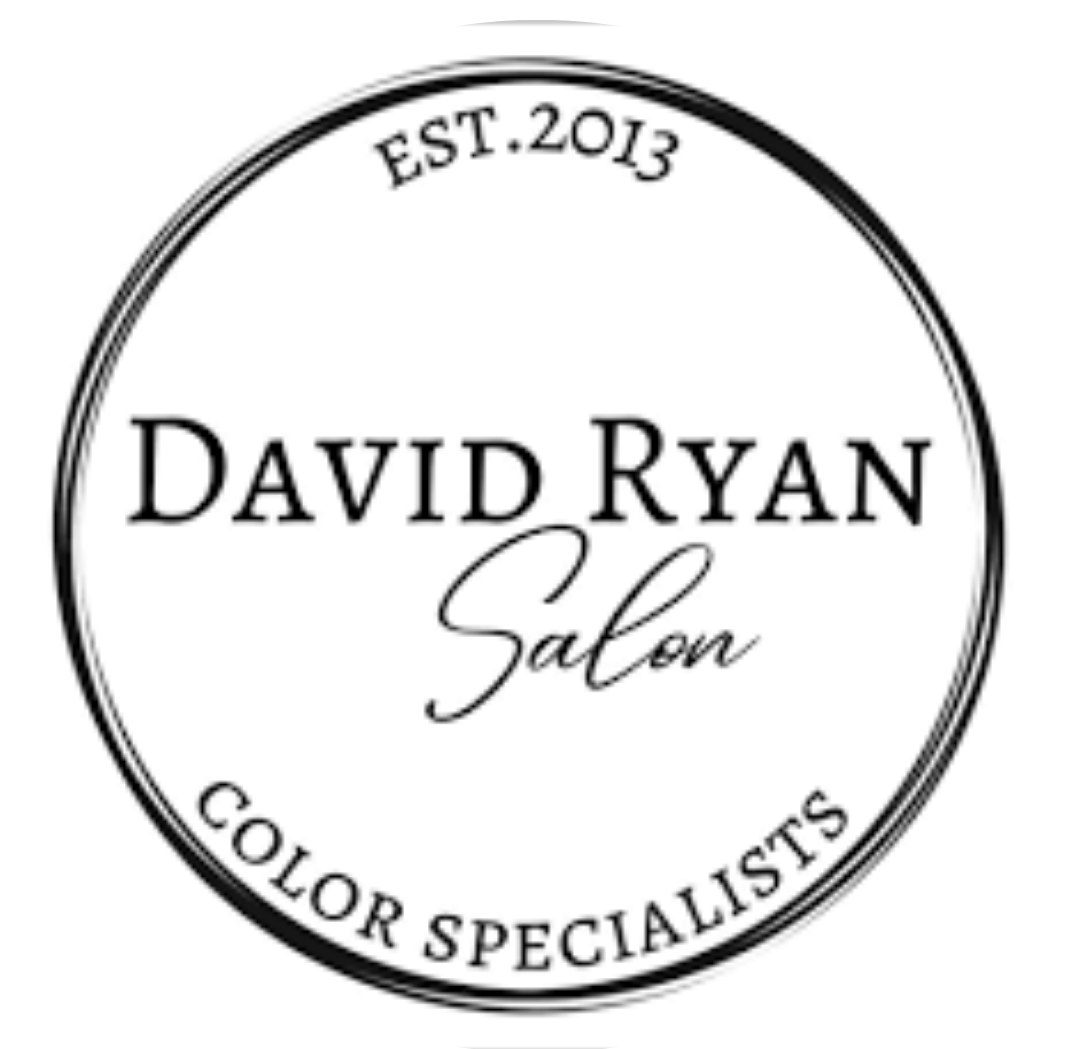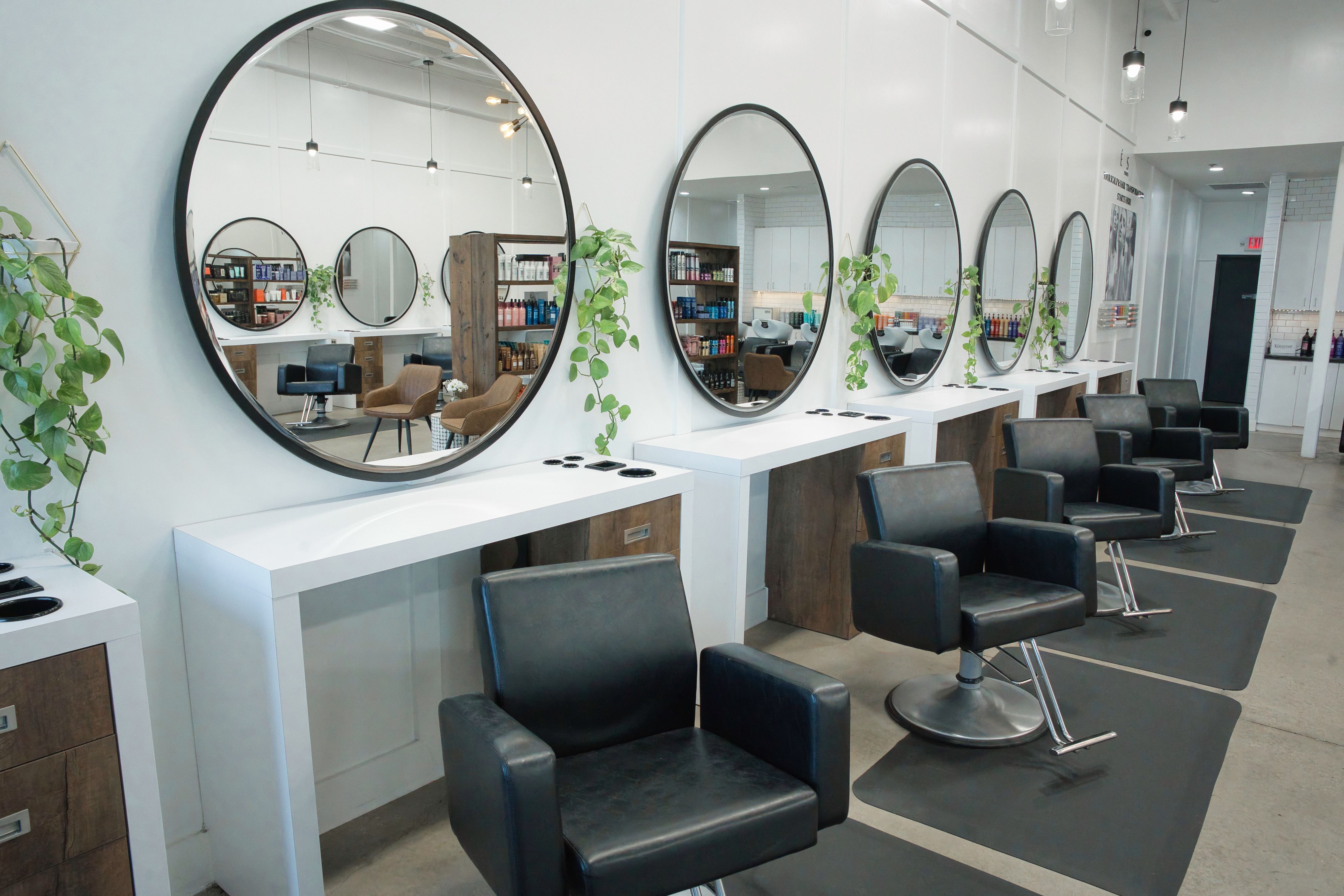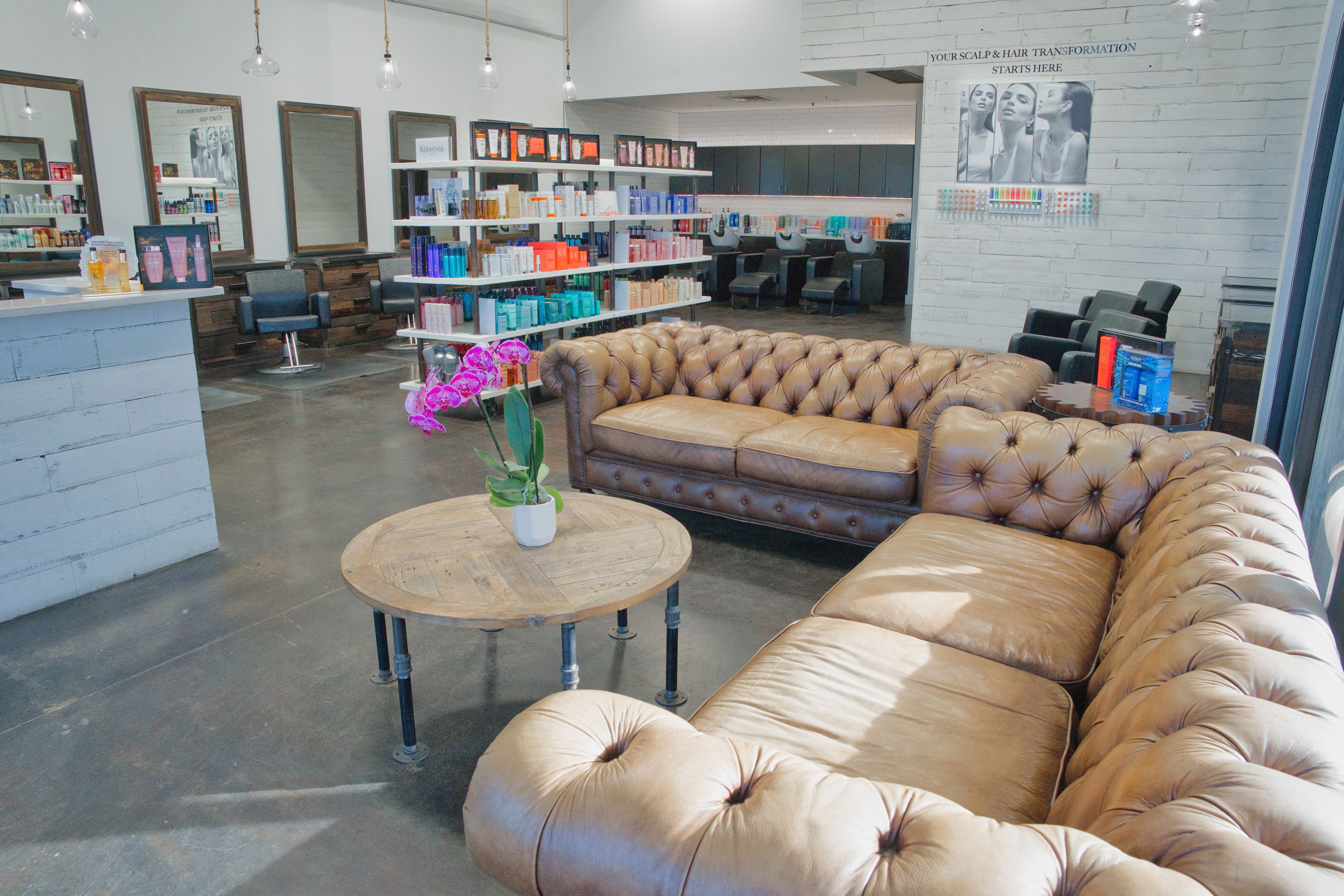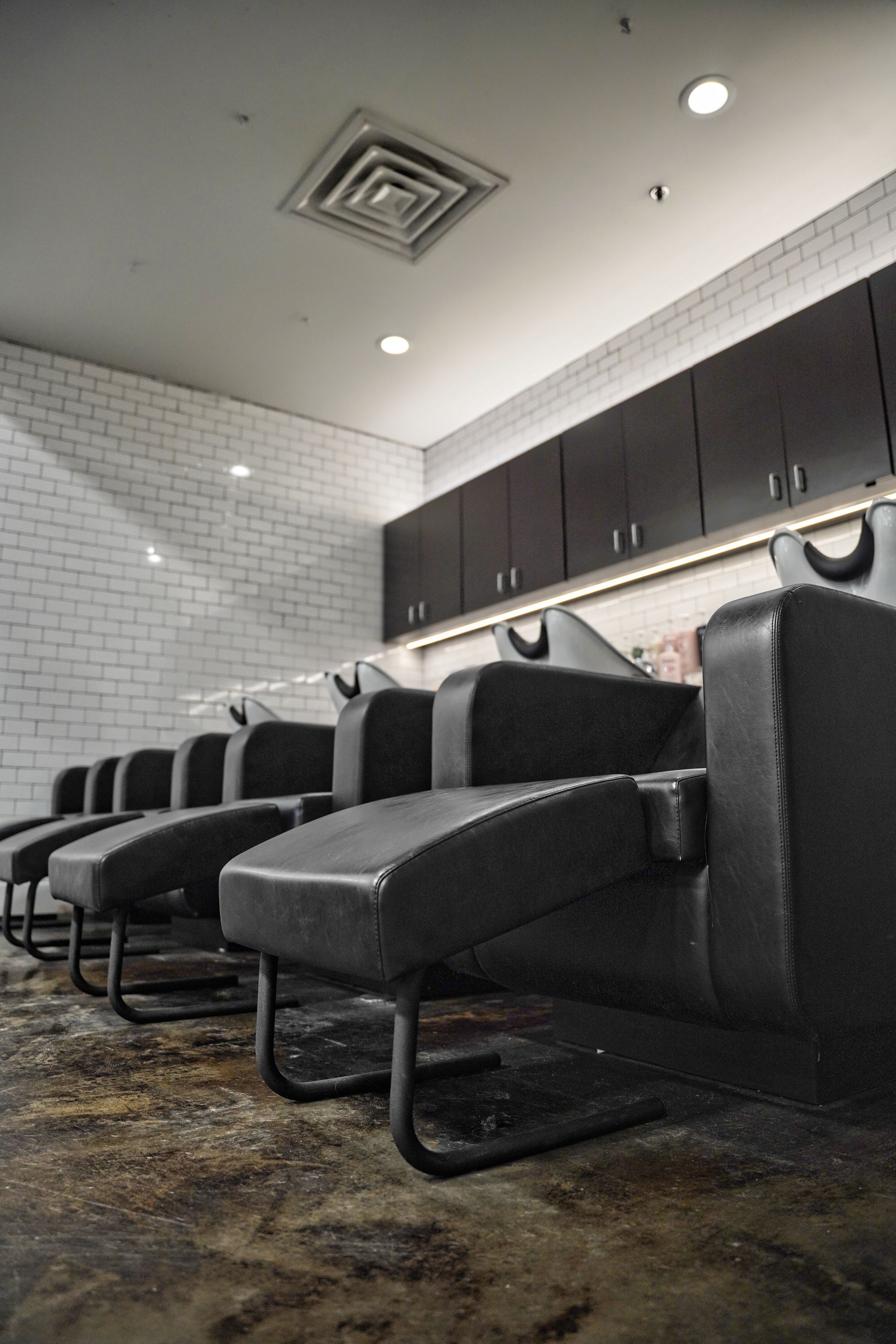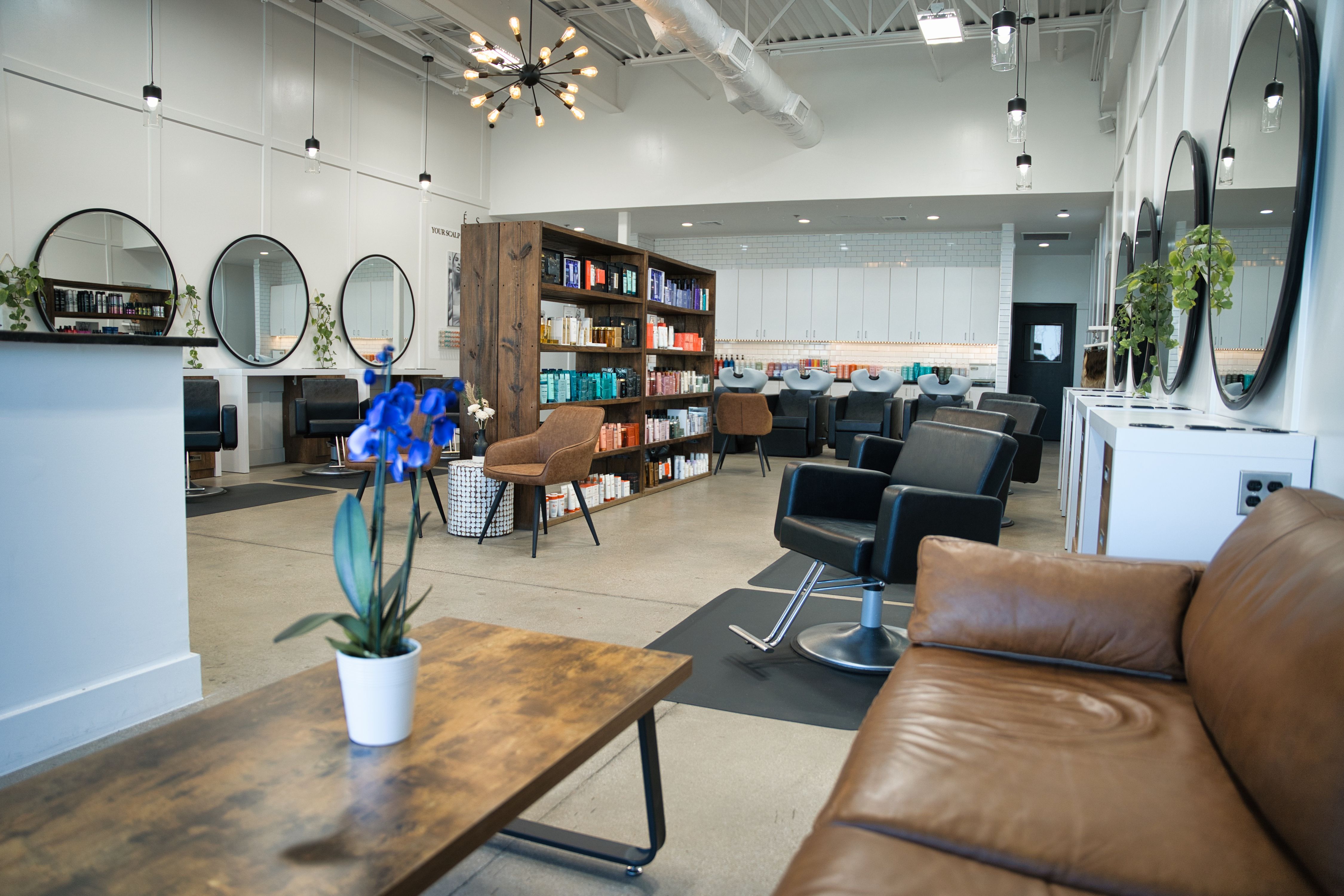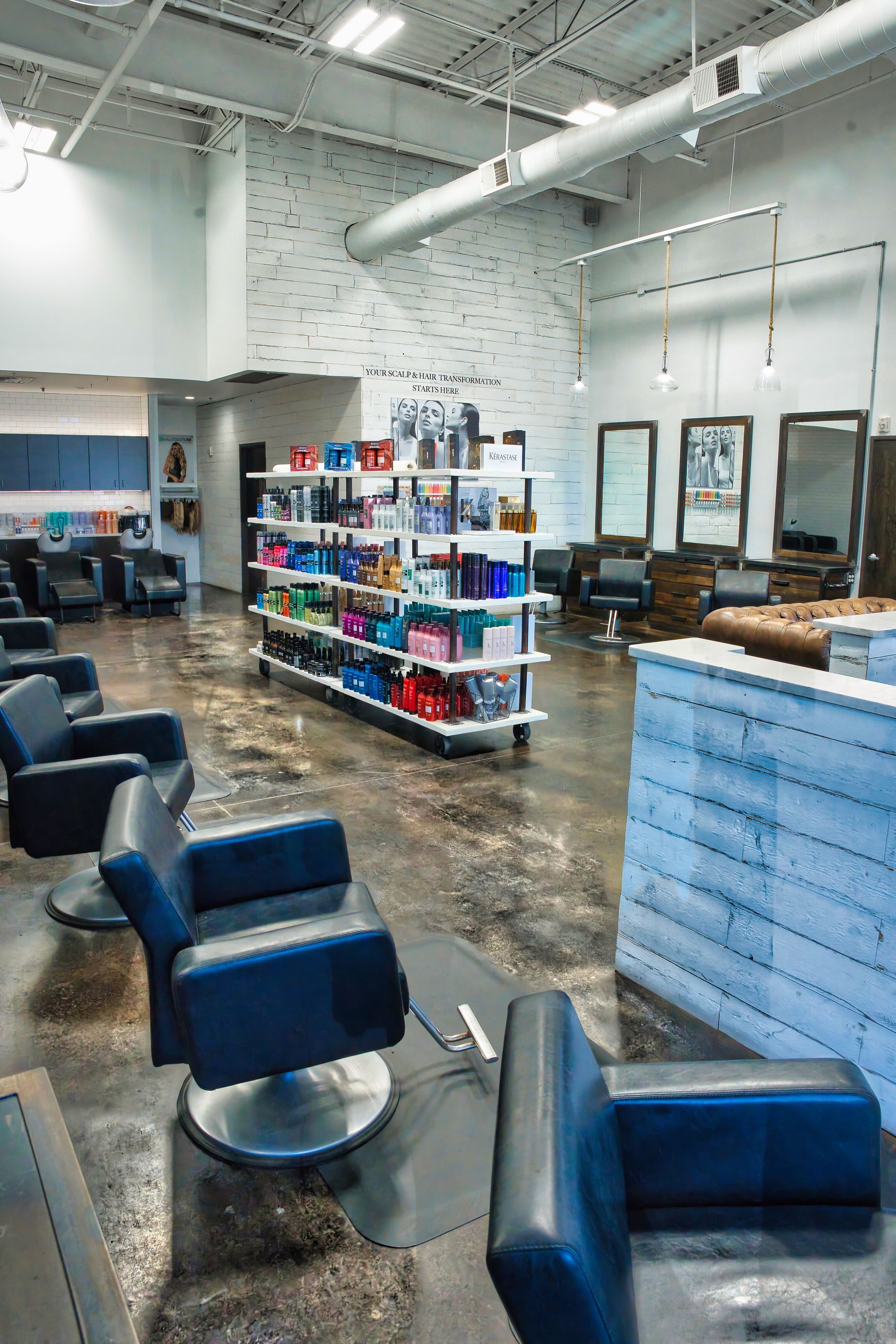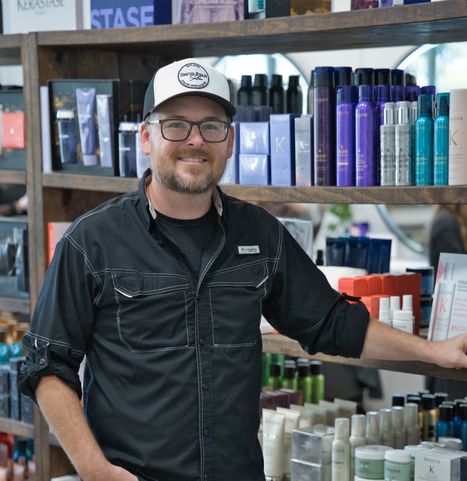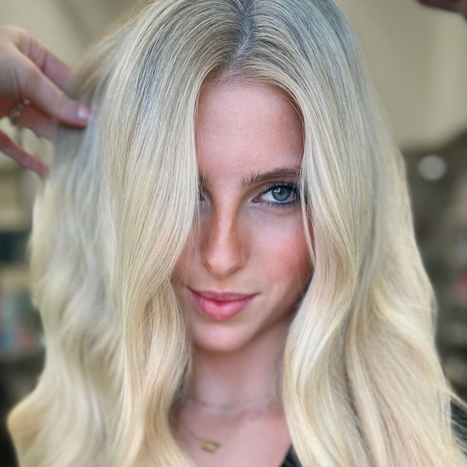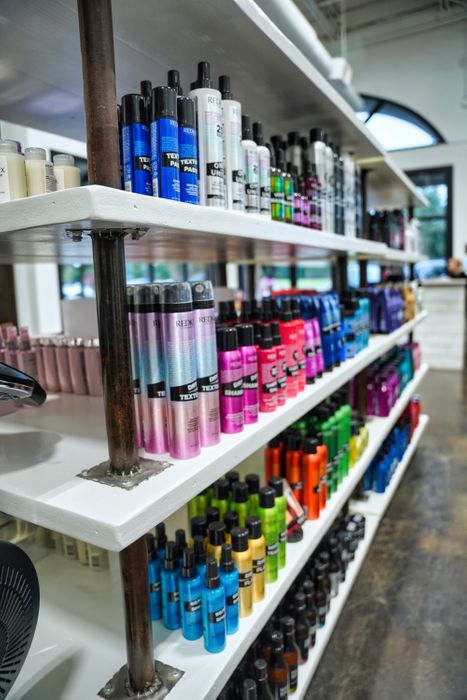A Salon with Heart in Trophy Club & Flower Mound
Empowering Beauty, Creating Connections
At David Ryan Salon, we believe in creating a sanctuary where beauty meets purpose. Our mission is to ensure every guest feels valued, heard, and uplifted, experiencing more than just a service but a genuine connection that leaves them feeling special and confident inside and out. By nurturing a family-focused, passion-driven environment, we empower our team to achieve their dreams, fostering a community that cares deeply for the beauty, well-being, and happiness of all who walk through our doors.

Booking with ease
We know your time is valuable, which is why we’ve made scheduling your next hair transformation as seamless as possible. With our user-friendly online booking platform, you can easily select your desired services, choose a date and time that fits your schedule, and even book with your favorite stylist—all from the convenience of your own space. Begin your elevated salon experience with us, right from the moment you reserve your spot at David Ryan Salon.
LEARN MORE
Who We Are
David Ryan Salon was born from a shared passion for artistry and community. What began as a small team has grown into a collective of dedicated professionals who prioritize connection and collaboration. We’re committed to offering a personalized experience in cutting, coloring, and extensions, all within a warm and welcoming environment.
Your Experience
Your hair appointment is more than just routine; it’s a personalized experience designed with care & expertise by our dedicated team. From the moment you arrive, you’ll be welcomed with warmth and offered a refreshing beverage. Together, we’ll discuss your style goals & any hair challenges to ensure every service is perfectly tailored to you.
Hair Care
Our expert stylists provide personalized consultations to understand your unique hair needs, offering tailored recommendations for nourishing shampoos, enriching conditioners, and premium styling products that enhance the health, shine, and natural beauty of your hair, giving you a look that feels as vibrant as it appears.
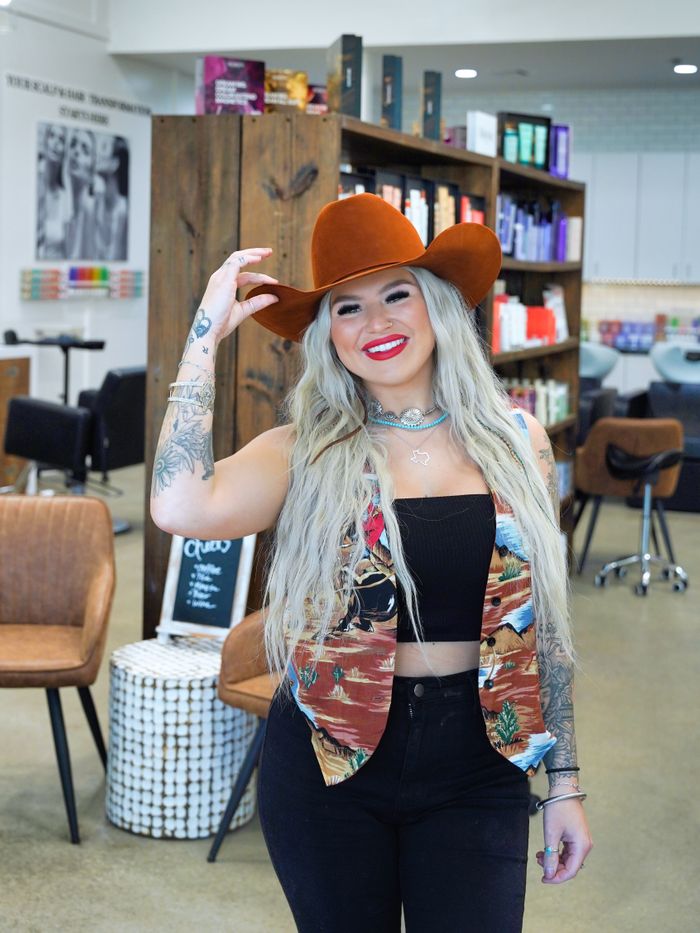
OUR STYLISTS
Our talented team at David Ryan Salon is devoted to creating an exceptional, personalized experience for each guest. We take the time to truly listen, understand, and connect, ensuring your vision is not only met but exceeded. With our expertise and genuine care, we craft custom looks that enhance your natural beauty and leave you feeling confident and radiant.
As Seen In

See what our guests say about us
WE'RE SO EXCITED TO MEET YOU!
At David Ryan Salon, your hair appointment goes beyond routine; it’s a personalized, uplifting experience crafted by a team of experienced professionals. From a warm welcome to individualized consultations, our dedicated stylists emphasize connection and care, delivering services that enhance the health and beauty of your hair.
